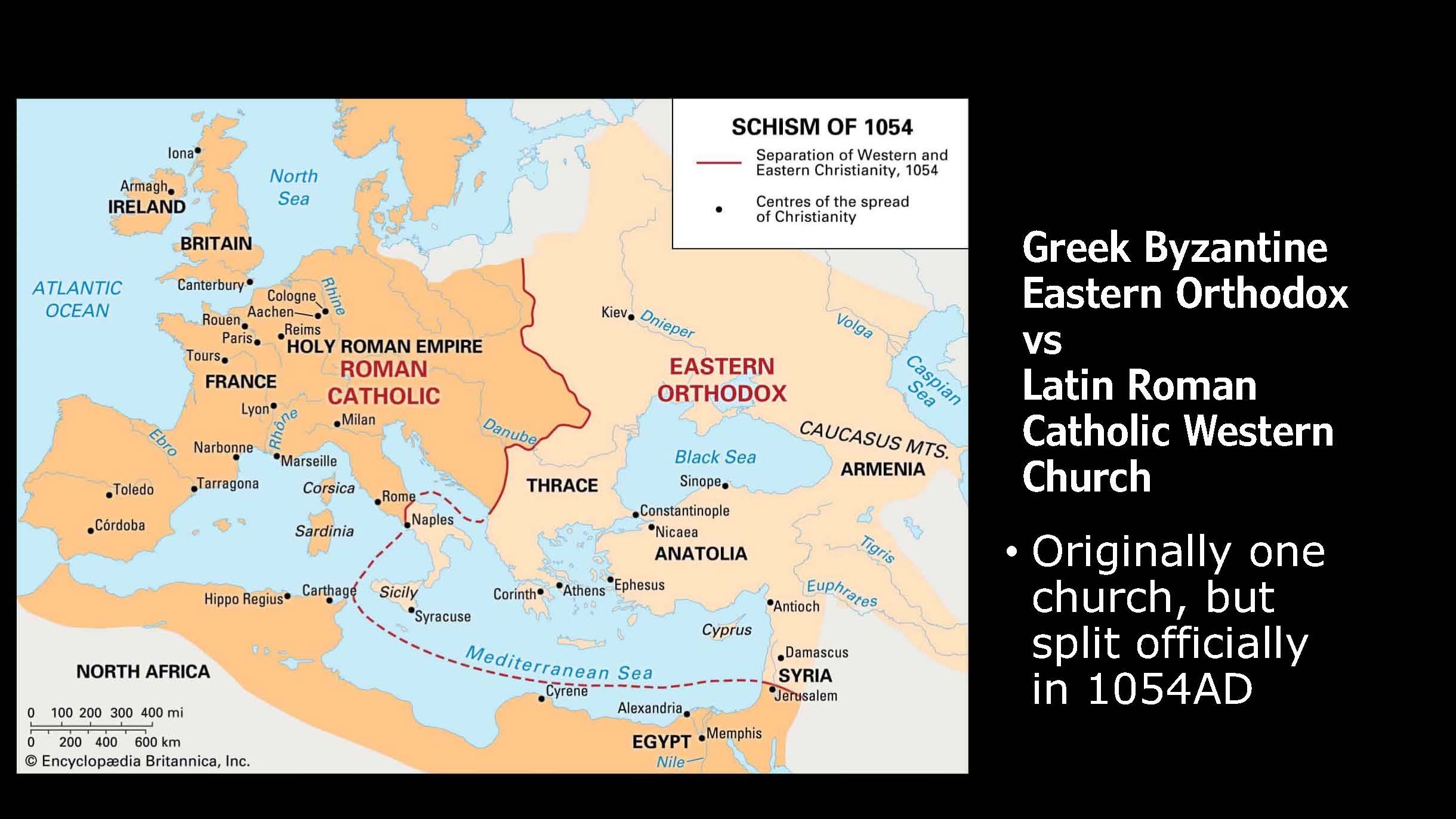|
PAUL 2ND MISSIONARY
The Apostle Paul's Second Missionary Journey: In Pursuit of Paul |
Episode 4
Paul's Second Missionary Journey (Part 1)
Paul in Athens

During Paul's second missionary journey, which occurred around 49-52 AD,
he visited the city of Thessalonica and established a Christian
community there.
The situation in the Thessalonian churches during this time is described
in the Book of Acts, specifically in Acts 17:1-10, as well as in Paul's
own letters to the Thessalonians, which are found in the New Testament.
Based on these sources, we can glean several key aspects of the
situation in the Thessalonian churches during Paul's second missionary
trip:
1. Establishment of the Church: Paul, along with his companions Silas
and Timothy, arrived in Thessalonica after leaving Philippi. As was his
custom, Paul initially visited the local synagogue and began preaching
the Gospel to both Jews and Greeks.
2. Conversion of Believers: Paul's preaching led to the conversion of a
significant number of people in Thessalonica, both Jews and devout
Greeks. This marked the beginning of the Thessalonian Christian
community.
3. Persecution and Opposition: However, the growth of the Christian
community also attracted opposition and hostility. Some Jews, motivated
by jealousy and concern about the impact of Christianity on their
religious practices, stirred up a mob and accused Paul and his
companions of causing disturbances. The situation became so tense that
the believers had to send Paul and Silas away by night to ensure their
safety.
4. Paul's Concern: Even though Paul had to leave Thessalonica abruptly,
he remained deeply concerned for the welfare of the Thessalonian
believers. He worried about how they were coping with the persecution
and challenges they were facing.
5. Timothy's Visit: After Paul's departure, he sent Timothy back to
Thessalonica to check on the believers and to strengthen and encourage
them in their faith. Timothy's report about their spiritual condition
and challenges prompted Paul to write his first letter to the
Thessalonians.
6. Paul's Letters to the Thessalonians: Paul's first and second letters
to the Thessalonians, found in the New Testament, provide insights into
the situation of the Thessalonian churches. In these letters, Paul
addresses various concerns, such as the believers' steadfastness in the
face of persecution, the question of the fate of deceased believers, and
matters related to Christian living and behavior.
Overall, the Thessalonian churches were established amidst both success
and adversity. The believers faced persecution and opposition, but they
also exhibited a strong faith and commitment to the teachings of Paul
and the Gospel. Paul's letters to the Thessalonians offer guidance,
encouragement, and pastoral care to these early Christian communities as
they navigated the challenges of their circumstances.
The biblical significance of Paul's ministry and his writings to the
Thessalonian churches is rooted in their role in spreading Christianity
and shaping the early Christian doctrine and community. Paul's letters
to the Thessalonians, namely 1 Thessalonians and 2 Thessalonians,
provide insights into his theological teachings, pastoral concerns, and
instructions for Christian living.
1. Spreading Christianity: The Thessalonian letters are among the
earliest writings of the New Testament. They reveal Paul's efforts in
establishing and nurturing Christian communities in the city of
Thessalonica, which was an important center of trade and culture in the
Roman Empire. Paul's ministry there resulted in the conversion of both
Jews and Gentiles, illustrating the inclusivity of the Christian
message.
2. Eschatological Teaching: In his letters to the Thessalonians, Paul
discusses matters of eschatologyconcerning the end times and the return
of Christ. He addresses the believers' questions about the fate of those
who have died before Christ's return and provides them with comfort and
hope. These teachings contribute to the broader understanding of
Christian eschatology.
3. Ethical and Moral Instructions: Paul's letters contain practical
instructions for Christian living, emphasizing themes such as love,
holiness, and work ethics. He encourages the Thessalonians to
live honorable lives and
maintain a strong moral compass.
4. Model of Pastoral Care: Paul's interactions with the Thessalonian
churches reflect his pastoral
care and concern for their spiritual growth. He expresses joy and
thankfulness for their faith, while also addressing their challenges and
concerns. This pastoral approach sets an example for Christian leaders
in providing guidance and support to their congregations.
5. Doctrinal Teachings: Paul's letters to the Thessalonians touch on
various theological concepts, including the
nature of God, the person of Christ, and the work of the Holy Spirit.
These teachings contribute to the development of early Christian
theology.
6. Endurance Amid Persecution: The Thessalonian believers faced
persecution and trials for their faith. Paul's letters offer
encouragement and exhortation to endure suffering and remain steadfast
in their commitment to Christ.
7. Ecclesiastical Organization: Paul's letters reveal aspects of the
organization and structure of early Christian communities. He addresses
issues related to leadership,
discipline, and communal life.
In summary, Paul's ministry to the Thessalonian churches and his
writings to them hold significant importance in the early Christian
movement.
These letters provide insights into foundational theological concepts,
ethical guidelines, pastoral care, and the challenges faced by early
Christians.
They continue to be relevant for contemporary believers as they seek to
understand and apply the teachings of the New Testament to their lives. |
 Paul of
the bible
Paul of
the bible
![]()
